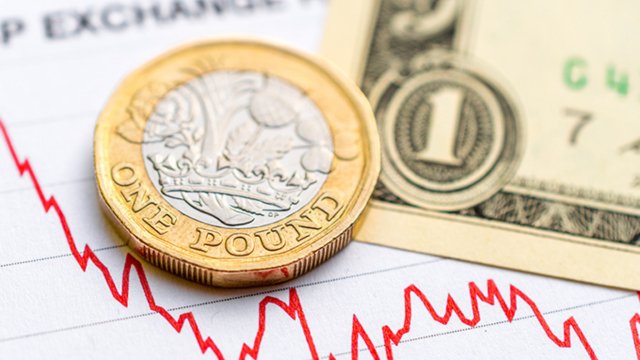The following are the most recent pieces of Forex technical analysis from around the world. The Forex technical analysis below covers the various currencies on the market and the most recent trends, technical indicators, as well as resistance and support levels.
Most Recent
So far this week, the Japanese Yen, and all its crosses have been very volatile. They sold off significantly for 2 days following the emergency Bank of Japan policy meeting and recovered to some degree on Wednesday. This recovery ran into a stiff resistance though, and currently the JPY pairs are in a “no man’s land” of sorts – a holding pattern.
Over last few months, the USD/CAD has been moving sideways. It has not made any meaningful high or low since late May, when it reached 1.0852. Since then, the price oscillated in a range between 1.0680 and 1.0105.
The AUD/USD is still in an uptrend, as judged on basis of technical analysis. The price is above the 100 SMA and the up trendline, too. Last week, this pair rebounded from a conjunction of both of these lines, finding a support at 0.8770.
Top Forex Brokers
So far in 2010, the GBP/CHF has remained in wide trading range, between 1.5785 and 1.7105. This is best visible on weekly charts and gives this pair an appearance of non-action. However, this congestion zone is wide enough for trading opportunities on smaller time frame charts, including the daily graph.
One of the currency pair that has been lacking significant attention recently is the EUR/GBP. That could change soon.
Finally, after couple of weeks of trying, the USD/JPY broke through the 84.70 support and made new 15 year low. It dropped 83.58 before a correction set in.
On Tuesday, the Japanese Yen experienced a strong rally. All of JPY pairs broke through important supports and moved anywhere from 100 to 300 pips. During the New York session, this move ended and new supports were formed.
Since early July, the NZD/USD has been drifting lower, a move that gained momentum couple of weeks ago, and undercut the minor low of 0.7027. The price found support at 0.6996.
Fears of renewed quantitative easing made money flow into the Japanese Yen and the US Dollars, seen as “safe havens”. Largely unheralded, the Swiss Franc also became the beneficiary of this new risk aversion.
Bonuses & Promotions
The Japanese Yen has been getting a lot of press lately. It has been getting stronger, undercutting the 84.80 low from last against the US Dollar and dropping to the lowest level for USD-JPY in 15 years, if only briefly.
Cable has been trending up again since beginning of June this year after a sharp fall from 1.5400 region to the impressive bottom reached around 1.4280.
The Australian Dollar has resided in the realm of uncertainty over the last few weeks. Even though the Aussie’s fundamentals are positive, the currency has been responding unfavorably to other international news.
Subscribe
Sign up to get the latest market updates and free signals directly to your inbox.The Pound had seen the greatest amount of volatility coming behind the BOE minutes. Despite the fact that the BOE minutes came nothing short of predictable, with merely Andrew Sentence dissenting, the Pound gained strength.
With a lot of attention on USD/JPY, the other crosses of the Japanese Yen are quietly building chart patterns, which will likely lead to directional price movements. One example is the NZD/JPY.
Looking at the technical analysis spectrum, we find that Euro remains in relatively stable intermediate uptrend. However, the tides might be changing if the EUR/USD pair can fall below pivotal technical levels.




